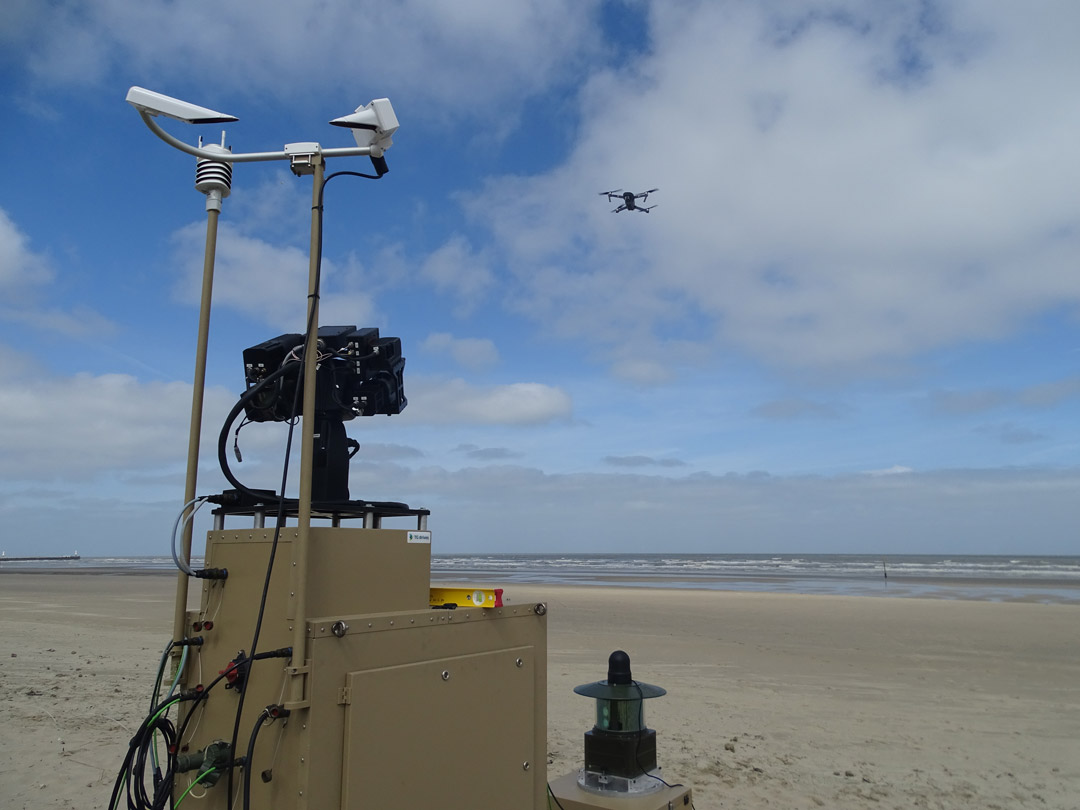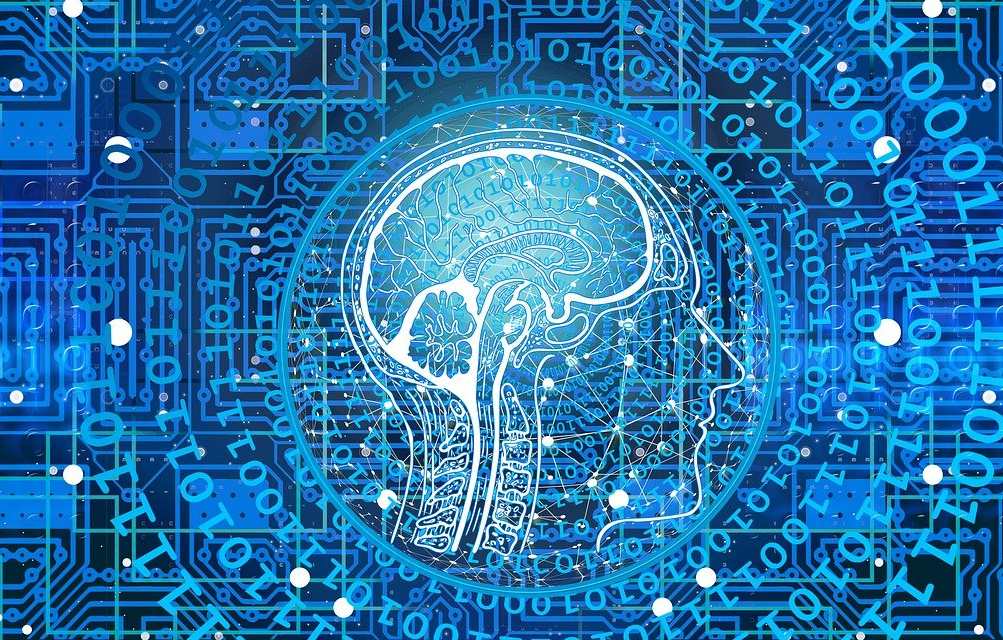Robots can be used against us as well or our own robots can be compromised. Therefore we perform research on e.g. drone detection and the prevention of cybersecurity risks for robotic systems:

Standardised test methods for counter-UAS tools
Multiple vendors are already providing solutions to detect, track, identify and sometimes also neutralise drones. However, benchmarking these solutions in realistic conditions is hard, as the performance depends a lot on environmental factors. This makes it difficult for end users (typically police, defence, security contractors, … ) to choose the right tool.
Therefore, RMA works on the development of standardised test methodologies that allow to compare counter-UAV systems under different environmental conditions. This helps in the process of building a better common understanding of the capabilities and performance of existing counter-UAV tools.

Drone detection using multi-modal sensor fusion
Drones are fantastic tools, but they can also be used against us. Moreover, they are very hard to detect using traditional protective tools, as they are so small. Therefore, RMA performs research on drone detection methods. Traditional approaches related to drone detection often rely on RADAR, radio detection, acoustic detection, electro-optical detection or even LIDAR. The issue is that all these sensors have – next to some advantages – important disadvantages, so an effective system should rely on a combination of these sensing modalities. Therefore, RMA focuses research on data fusion between different sensors in order to increase the detection probability and reduce the false alarm rate.

Drone targeting, including risk assessment, safety assessment, deconflicting & interception modality choice
Drone detection (as discussed above) is only the first step in a drone-countermeasures action plan, which includes as well interception. The Robotics & Autonomous Systems unit does not perform research on interception modalities, but does target research on the very important, but often overlooked, intermediate step between detection and interception: targeting. This includes performing a risk assessment, determine the resources at hand to address the threat, develop the options of response, identify the safety restrictions, deconflict with other airspace users, etc. The big difficulty is that all of this needs to happen within a few seconds, which is why RMA works on AI methods to assist human decision makers as well as possible, by providing quality data in short amounts of time.

Cybersecurity threats for robotic systems
Like all wireless communicating devices, robotic systems are vulnerable to attacks from outside. Moreover, more and more robotic systems are entering our everyday living world, just think about cars that are getting more and more intelligent and could be called robotic systems as well. As many of robotic systems are originally developed in a research context, security often hasn’t been taken in consideration in the design of e.g. the software architecture or the messaging system. Therefore, RMA is performing research which seek to provide solutions to tackle these cybersecurity threats.

Counter - AI
AI technologies are more and more used by repressive regimes to control citizens and also robotic assets used by adversaries are more and more using AI tools to detect, track and identify targets. This totally disrupts the present – day concept of camouflage. Indeed, what is difficult to detect for the human eye may be very easy to spot by the AI of a camera system of an enemy robot (and vice versa of course.
Therefore RMA-RAS conducts research on how AI detection, tracking and identification mechanisms can be fooled.
